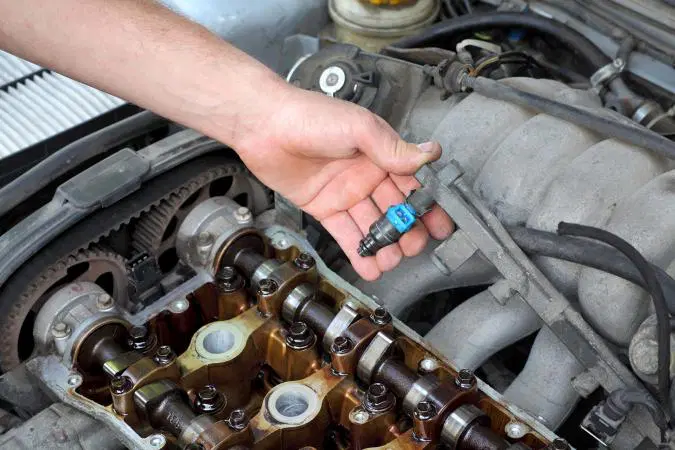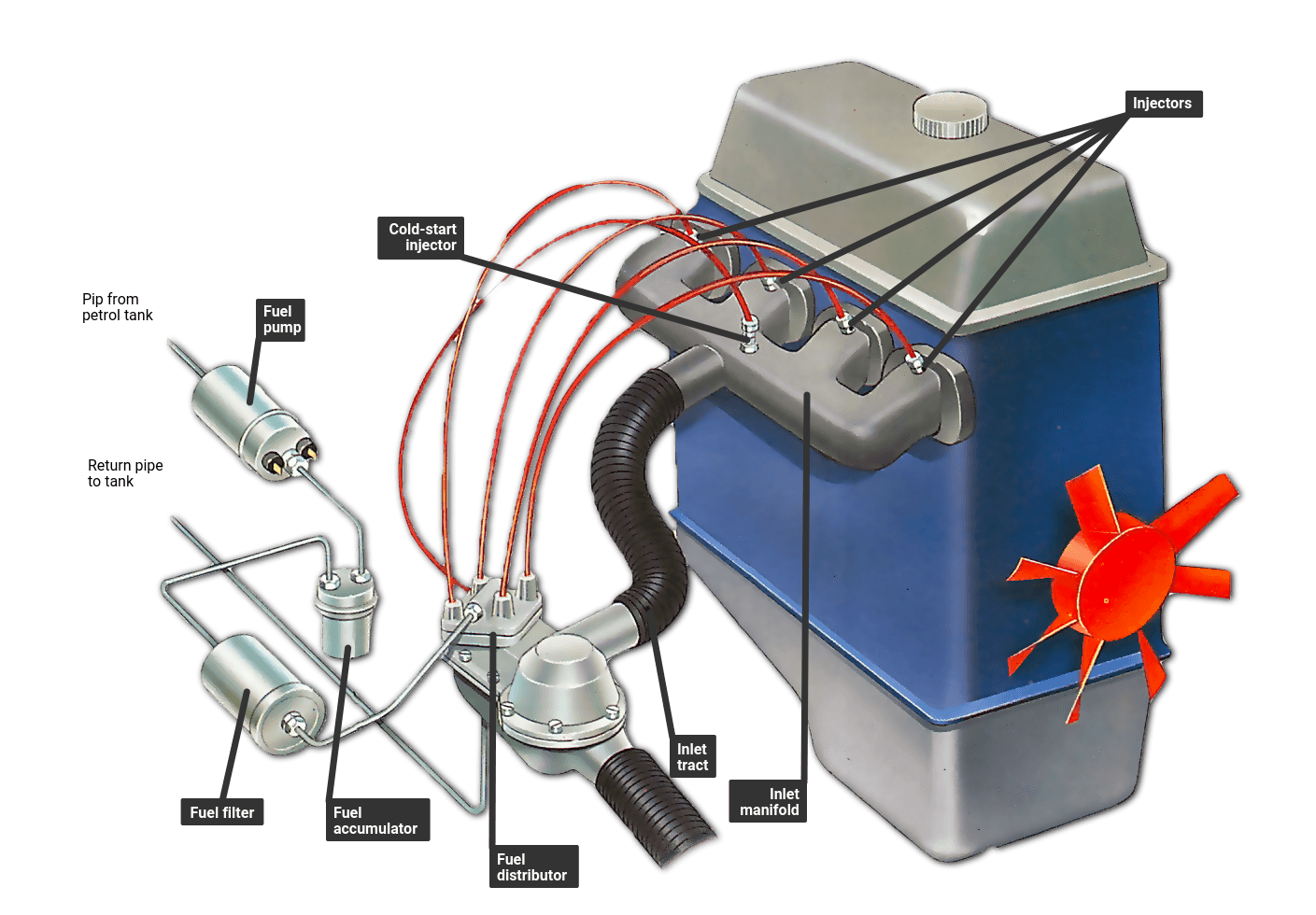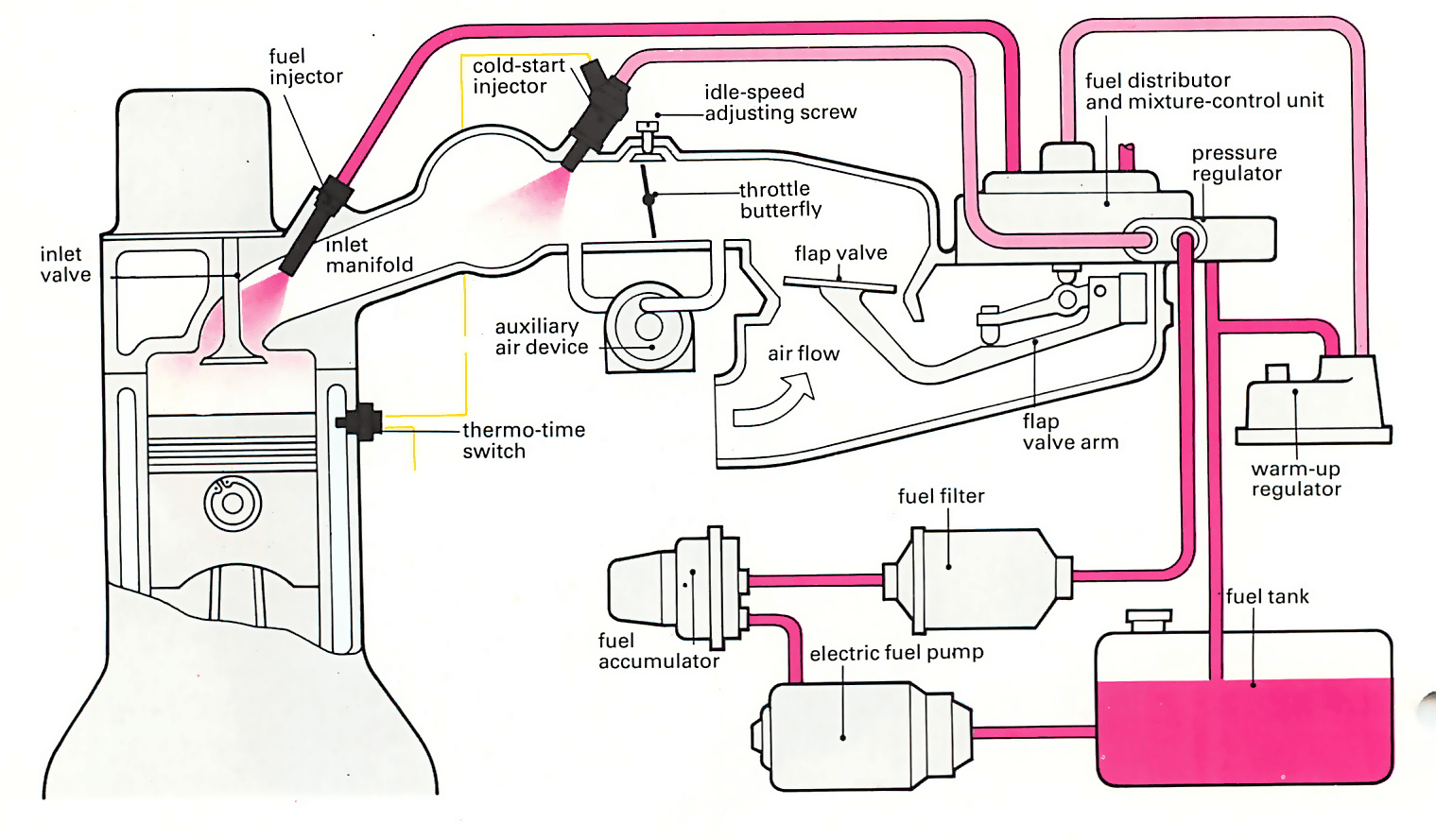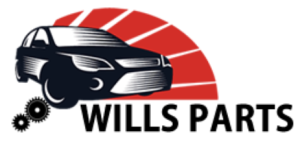How a fuel injection system works

The required quantity of fuel/air mixture must be supplied to the engine in accordance with the variety of demands it must meet in order to operate smoothly and effectively.

Historically, the carburettor—a device that is far from ideal—is used to regulate the fuel/air combination.
One important drawback is that a single carburettor cannot supply a four-cylinder engine with exactly the same fuel/air mixture for every cylinder because some are farther away from the carburettor than others.
Installing dual carburetors is one option, but they are challenging to tune well. Fuel-injected engines, which supply fuel in precise spurts, are already commonplace in many cars. Engines using such equipment are typically more effective and powerful than those with carburetors, and they can also be more affordable while also emitting fewer harmful gases.
Injections of diesel fuel
Indirect fuel injection is always used in petrol-powered vehicles; instead of injecting gasoline directly into the combustion chambers, it is injected through the input manifold or inlet port. This guarantees that the fuel and air are well combined before entering the chamber.
However, a lot of diesel engines use direct injection, where the diesel is pumped right into the cylinder that is already full with compressed air. Others employ indirect injection, in which the diesel fuel is injected into a pre-combustion chamber that is specifically formed and connected to the cylinder head by a small tube.
The cylinder is filled with nothing but air. Compression heats the area to such a high temperature that fuel atomized at the end of the compression stroke self-ignites.
Simple injection
Indirect injection is used in every current gasoline injection system. A specialized pump moves the fuel under pressure from the fuel tank to the engine compartment, where it is delivered to each cylinder separately while still under pressure.
Depending on the system, an injector will either fire fuel into the inlet manifold or the inlet port. This ensures that the fuel is released as a fine mist and functions similarly to a hose’s spray nozzle. The fuel and air combination enters the combustion chamber as it passes through the inlet manifold or port.
In some automobiles, each cylinder is fed by a separate injector thanks to multi-point fuel injection. This can be expensive and tricky. It’s more often either to use single-point injection, in which case a single injector feeds each cylinder, or to use a two-injector setup.
Injectors
The fuel injectors, through which the spray is fired, are screwed, nozzle-first, into the cylinder head or the intake manifold and are slanted to direct the fuel spray in the direction of the inlet valve.
Depending on the injection mechanism, there are two different types of injectors. With the first system, fuel is continuously injected into the inlet port while the engine is running. The injector doesn’t actually control the fuel flow; it merely serves as a spray nozzle to disperse the fuel into a fine mist. A mechanical or electrical control unit, which is similar to turning a tap on and off, controls how much fuel is sprayed out.
The other common method is timed injection, sometimes known as pulsed injection, in which gasoline is given in bursts to match the cylinder’s induction stroke. Timed injection can also be managed physically or electronically, just like continuous injection.
The early systems were run by mechanical means. They are frequently referred to as petrol injection (PI for short), and a mechanical regulator assembly regulates the fuel flow. These systems have the flaws of being mechanically complex and not responding well when the throttle is backed off.
Electronic fuel injection has now largely replaced mechanical systems (known as EFi for short). This is due to electronic control systems’ rising dependability and falling prices.
Mechanical fuel injection
Lucas mechanical fuel injection system

Many automakers employed mechanical fuel injection on their higher-performance sports cars and sports saloons in the 1960s and 1970s. The Lucas PI system, a timed system, was one that was installed in many British vehicles, including the Triumph TR6 PI and 2500 PI.
Fuel is pumped at a pressure of 100 psi up to a fuel accumulator by a high-pressure electric fuel pump installed next to the fuel tank. This essentially functions as a temporary reservoir to stabilize the fuel supply pressure and smooth out fuel pump pulses.
Fuel is fed into the fuel-metering control unit, also known as the fuel distributor, from the accumulator after passing through a paper element filter. As its name implies, this device distributes gasoline to each cylinder at the proper time and in the proper amount. It is powered by the camshaft.
A flap valve in the engine’s air intake regulates the amount of fuel injected. As you open the throttle, the ‘suck’ from the cylinders increases the airflow, and the flap rises. The flap is located beneath the control unit and rises and falls in reaction to airflow. This modifies a shuttle valve’s position within the metering control unit to allow for the addition of extra gasoline to be squirted into the cylinders.
The fuel is dispersed to the injectors one at a time from the metering unit. The fuel then shoots out into the cylinder head’s inlet port. A spring-loaded valve is present in each injector, and the pressure of the spring keeps the valve closed. Only when the fuel is squirted in does the valve open.







